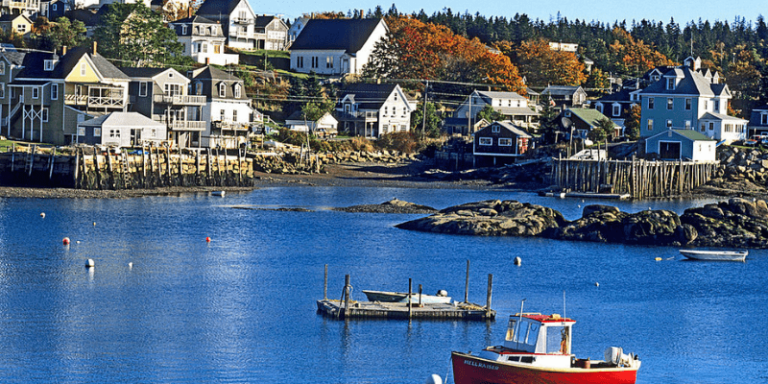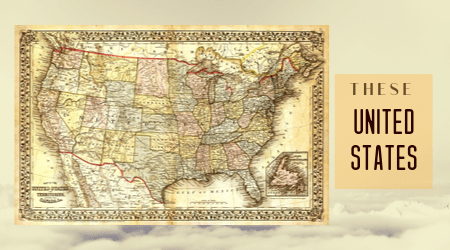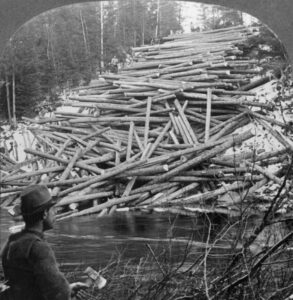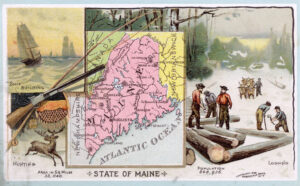Maine: The Pine Tree State
This unforgiving land tested colonists to their limits.
By: Kelli Ballard | February 13, 2020 | 544 Words

(Photo by Wild Horizons/Universal Images Group via Getty Images)
Maine became the 23rd state to join the Union on March 15, 1820. Its history began with global warming that melted the ice to reveal the land at the end of the last Ice Age. The indigenous people then called it home before European settlement began to shape the state as we recognize it today.
The first official European arrival was in 1524 with the Italian explorer Giovanni da Verrazzano, who laid claim to the area for France. The first couple of attempts to colonize the area were unsuccessful. In 1604, French explorers Pierre Du Gua and Samuel de Champlain founded Acadia, and in 1607, the unfortunate British Popham Plantation was established. British settlers were ill-prepared for the cold weather and harsh living. Nearly half returned to England before the winter could fully settle in, then the remainder sailed for more familiar shores after only a year of trying to make the area their new home. Some traveled to Jamestown, Virginia, which is credited as the first permanent British settlement in America.

Still, people eager for a new life continued to try to settle in the area known today as Maine. In 1652, the area became part of the Massachusetts Bay Colony, which belonged to England. Competing to claim more territory, England and France fought over the region for the next one hundred or so years. After the French and Indian War ended in 1763, England was finally able to gain control, but that wouldn’t last long.

(Photo by The Print Collector/Heritage Images via Getty Images)
The American Revolution broke out, during which Maine was known for its revolutionary attitude. At the end of the war in 1783, some parts of Maine were still under British control. These boundaries were finally formalized due to the 1838–1839 Aroostook War, a bloodless conflict where the border between Maine and the British colony of New Brunswick (now part of Canada) was fixed.
The 1800s gold rush had a lot of people leaving for the West. While this did hurt Maine in terms of population, the state still did well because of its popular port and the ability to ship supplies and travelers. It also had a large logging industry due to its large pine forests, which give the state its nickname the Pine Tree State.
In 1820, Maine was admitted to the Union as part of the Missouri Compromise. During this time of unrest over slavery, peace was sought by trying to balance the number of free and slave states. In this compromise, Missouri was allowed to be a slaveholding state while Maine was permitted to be a free state. Maine enthusiastically took up the abolitionist cause and was the first state to support the new anti-slavery Republican Party, whose leader Abraham Lincoln lead the North during the Civil War.

(Photo by Transcendental Graphics/Getty Images)
Interesting Facts
- Do you like lobster? There’s a good chance when you’re enjoying the food that it came from Maine. Roughly 90% of the nation’s lobster comes from the “mainland.”
- A 16-year-old crewman came up with the idea of donut holes in 1847. It was a solution to the problem of the tasty treat not getting cooked all the way through in the middle.
















